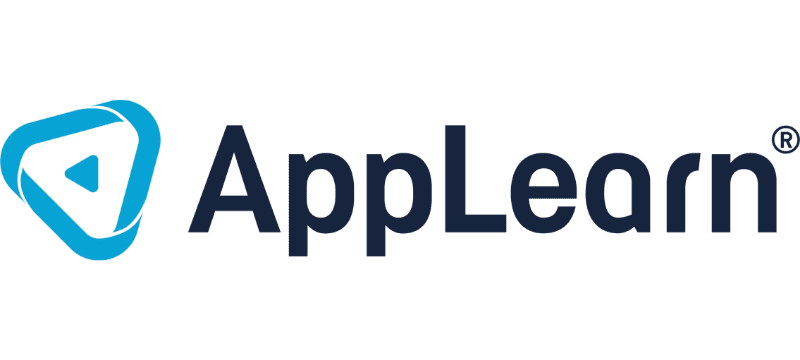The digital adoption drive: Unlock the full potential of your HR tech stack
As an HR leader, how can you ensure that technology works for your people and you're not just implementing "tech for tech's sake"?
Discover how pioneering HR functions are successfully connecting the workforce with leaders and providing first-class employee experiences with digital adoption strategies.
Recognize that you cannot achieve a competitive advantage through AI or people analytics if your employees are not using the tech … properly!





We have witnessed a rapid post-pandemic pivot to HR systems that support hybrid workforces, and the next stage of transformation looks set to be made with a focus on sustainable change.
Watch the on-demand recording to understand:
- How HRSD has needed to adapt as a result of COVID-19
- How to create a consumer-grade employee experience and why this is imperative for HR’s success
- What are the key considerations HR leaders should take into account when it comes to investing in key technologies and more unmissable insights!
Top-line takeaways:
Balancing the Human with the Digital Touch
Janet Ramey kicked off the panel discussion by offering her considerations for digital adoption. The panel was asked to comment on what technology needs to do for HR leaders and the workforce.
“The important thing about HR technology is it needs to work for the people, and not the other way around.” She suggested that what HR tech needs to do for HR leaders is “help them to evolve their strategies and become more consultative – to take the rote and repetitive work and to automate it, but also ensure that we balance a human touch with the digital touch as we deliver services to the population.”
Daiga Ergle, later in the conversation, added to the thoughts around the human touch and digital adoption, stating “relationships are something that serves as a clue to businesses… you can’t take this out and replace it with technology. Think of something like the recruitment process, if you don’t have human contact with a potential candidate, how do you make sure they are a cultural fit. As long as we are employing humans, culture matters and I can’t see this being replaced by technology.”
Is Too much Tech problematic for adoption?
Daiga Ergle presented to the panelists that she feels adoption rates can be hurt when there’s too much tech. We had heard from the group of HR leaders already that it’s no good implementing tech for tech’s sake. Daiga dug deeper into this by sharing her own experiences, explaining “In my organization, we have this wonderful HR platform. Cornerstone covers all of the processes and so on, and we have a performance management module where people can set their goals, review flexibly on an ongoing basis. And then I have a bunch of managers who say that this platform is too user-unfriendly and lacks the intuitiveness and so they keep working in their Excel’s and then inserting this into the platform.”
Andrew Avanessian, agreed that this lack of understanding of the user experience and proper training on technologies creates this kind of “shadow IT scenario” where employees end up ignoring the tech that’s been implemented and push back against it, through its lack of usability and their understanding of how to use it.
From our expert panelists, we’ve concluded that it’s not how much tech there is, it’s about delivering the necessary information and intuitiveness for the user, at the point of need – no matter what your tech stack is made up of.
Creating a champion committee
Raju Vijay noted the differentiation between employee-grade and consumer-grade and that HR tech needs to be, and has an expectation from employees to be, consumer-grade. He stated that “delivering to that expectation is critical for adoption”.
More from UNLEASH and AppLearn
Through in-depth market research, UNLEASH and AppLearn have recently carried out an extensive series of interviews that have explored how HR leaders are successfully using technology to optimize the end-to-end user experience and are enabling their goals, roles and priorities.
Global HR Leaders from CISCO, Nissan, Syngenta, Deutsche Telekom, 4Finance, TietoEVRY, Verisk, SEB Bank and many more provide exclusive business insights on their Digital HR Transformation journey’s, their pain, wins and the road ahead.
Discover how pioneering HR functions are successfully connecting the workforce with leaders and providing first-class employee experiences. Recognize that you cannot achieve competitive advantage through AI or people analytics if your employees are not using the tech … properly!
Read the report here.
